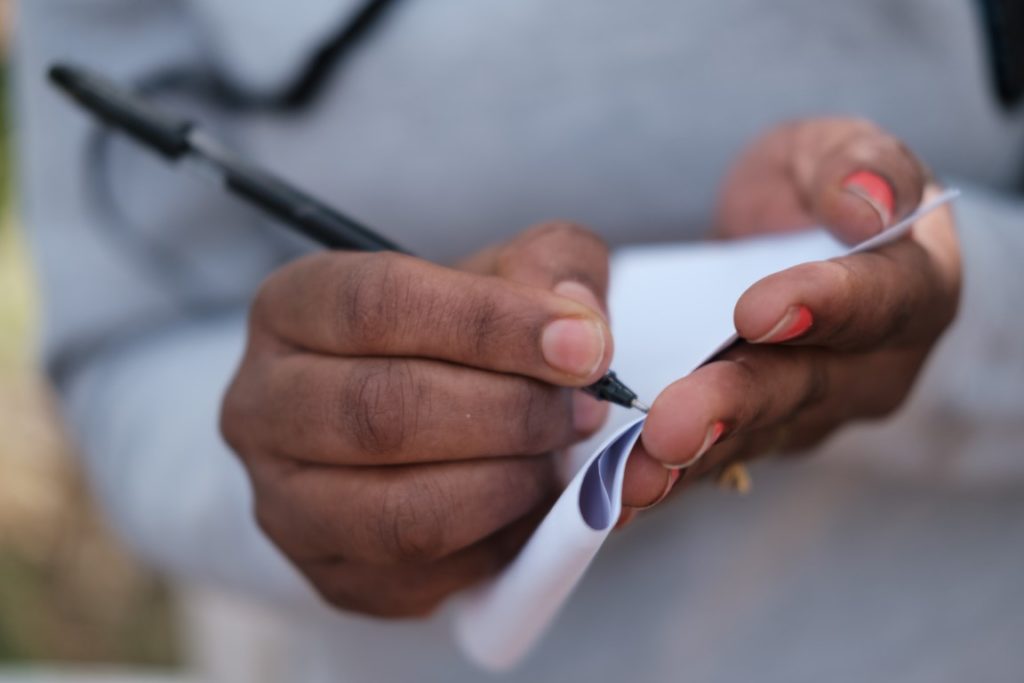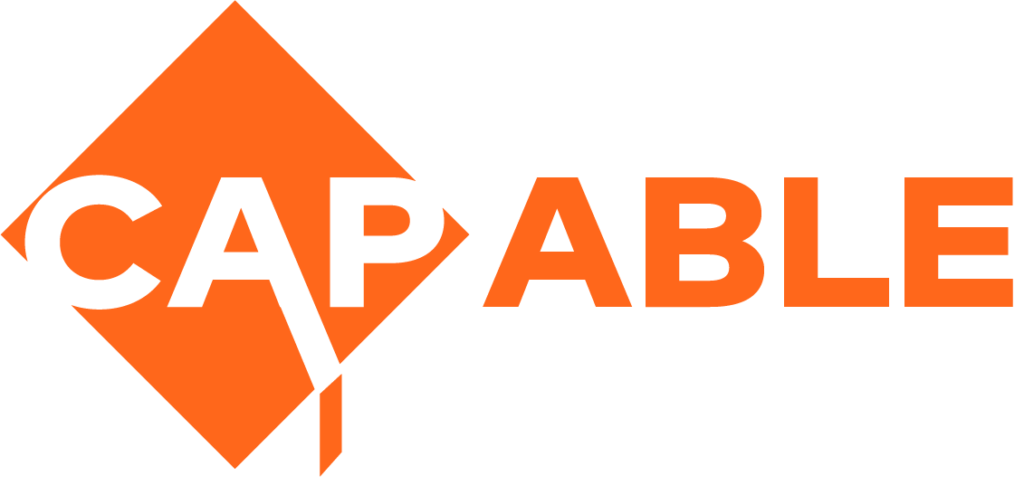Inclusive communication
The UN CRPD
Besides, in Article 21 the Convention states the right of persons with disabilities to freedom of expression and opinion , and access to information, specifically the provision of information to people with disabilities in accessible formats and technologies, “facilitating the use of sign languages, Braille and other alternative sources of information”.
What do we mean by communication?
Communication is the process of reaching mutual understanding, with participants sharing information, ideas and feelings. This can be written, verbal or nonverbal.

"Inclusive communication relates to all modes of communication including written information, online information, telephone, and face to face. It involves sharing information in a way that everybody can understand and implies the use of tools that are necessary for supporting specific communication needs of an individual with disabilities."
Communication Barriers
Communication barriers are experienced by people who have impairments that affect hearing, speaking, writing, and/or understanding, and who use different ways to communicate than people who do not have these disabilities. For example, the written health promotion messages on the boards are not accessible for people with visual impairments.
Or the auditory messages without videos or images shown during events are not inclusive of people with hearing impairments. Lack of access to communication does not allow people with disabilities to experience productive interaction with other people, which intensifies their experience of exclusion.
Inclusive Communication Styles
Effective communication allows persons with disabilities to build and maintain relationships, to work, to study, to manage their affairs on their own and to express themselves.
To ensure that information shared is understood by all persons, these steps are recommended.
- Address a person with disability and not his/her caretaker or guide;
- Use simple language to make your point;
- Identify yourself when you are talking to a person with visual impairment;
- Provide verbal descriptions of content on the image, video or printed text;
- Invite sign language interpreters to meetings and events;
- Position yourself at the eye level with a person in a wheelchair when talking one to one.
It is also important to realize which communication channels reach out to whom. Where radio might work well to reach out to persons with visual impairments, posters, other printed materials or social media messages might work well for people who are deaf or hard of hearing.
Other Links
RECEIVE OUR UPDATES
- →
-
Chat with Us!
Do you have a comment, suggestion, question or request for more information? Let us know!

